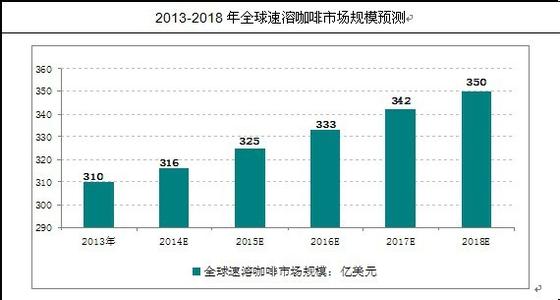The treatment of Brazilian Minas Coffee an introduction to the taste of the manor flavor description in the region produced by grinding scale
The treatment of Brazilian Minas Coffee an introduction to the taste of the manor flavor description in the region produced by grinding scale
At present, there are 2 million hectares of land in Brazil for growing coffee, and the largest is Arabica. These beans will eventually be sent to large bakers in various countries, that is, the well-known Santos (named after the port of export santos, not the producing area). Because of the coffee competition after 2000, the quality of coffee beans produced in the high-altitude areas of the south was appreciated, mainly by the farms around the Minas platform. Coffee quality is also the largest among Brazilian beans, such as Syracuse in the west of Minas and Matas in the east, Bashiya in the north or small farms in the south. Minas has almost become synonymous with Brazilian boutique coffee. In recent years, the coffee competition is accurate to be separated by treatment (water treatment / half-washing / half-sun / sun-drying), which has developed a variety of flavors, taste and finish, which is quite different from traditional Brazilian coffee. In particular, the half-sun method and the sun method performed best, the aroma of clean and low-acid fruit increased, so that the strong chocolate flavor reduced the farm coffee picking without the use of machines.
According to this standard, the producing areas of Brazil can also be divided into five grades:
Brazil produces 30% to 35% of the world's coffee annually, ranking first in the world. unfortunately, none of the Brazilian beans can be called the top coffee. There are coffee trees all over the mountains, distributed in the southern part of Brazil. Compared with other coffee-producing countries in Central and South America, Brazil is significantly lower, with farms mostly about 600-1000 meters above sea level, and even South Minas, Serrado and Mojiana, the three major boutique producing areas, rarely exceed 1300 meters. Brazil's terrain is too flat and monotonous for coffee cultivation, and lacks a microclimate that can give coffee rich flavor factors, so it is more suitable for growing shade-free Kaddura, Mondonovo and Kaduai.
Extremely meek: South Minas, Serrado platform in the central and western part of Minas / Mojiana / Bahia Diamond Plateau in northeastern Sao Paulo province
Supple: slightly higher in Bahia / Minas southeast forest / Parana / San Espiritu (mausoleum) / central and western S ã o Paulo
A little softer: East and northeast of Minas

Important Notice :
前街咖啡 FrontStreet Coffee has moved to new addredd:
FrontStreet Coffee Address: 315,Donghua East Road,GuangZhou
Tel:020 38364473
- Prev

Description of Flower Butterfly Coffee Bean's Taste, Price, Flavor and Flavor introduction to the production area of Grinding Calibration method
Description of Flower Butterfly Coffee Bean Taste, Price, Flavor and Flavor Coffee produced by Grinding and Calibration method Coffee, composed of Rosa, Kaddura and Kaduai, grows in a volcanic area 1600 meters above sea level, and the treatment plant uses fine washing treatment. Panama's special local microclimate leads to abundant rainfall and a large temperature difference between day and night, coupled with the unique volcanic rock and soil of the volcanic area.
- Next

Description of Flavor of Red Cherry Sunshine Sidama Coffee beans introduction to the treatment method of Grinding scale production area
The flavor description of red cherry sunburn Sidama coffee beans, grinding scale production area treatment method to introduce good beans are also more and more, the higher the taste requirements, may have been drunk 2 years ago, may be bright in front of the eyes, like special, but now also feel like it very much, but at that time the surprise is gone. But what needs to be sure is that I can feel that this bean is very good, excellent, excellent.
Related
- Detailed explanation of Jadeite planting Land in Panamanian Jadeite Manor introduction to the grading system of Jadeite competitive bidding, Red bid, Green bid and Rose Summer
- Story of Coffee planting in Brenka region of Costa Rica Stonehenge Manor anaerobic heavy honey treatment of flavor mouth
- What's on the barrel of Blue Mountain Coffee beans?
- Can American coffee also pull flowers? How to use hot American style to pull out a good-looking pattern?
- Can you make a cold extract with coffee beans? What is the right proportion for cold-extracted coffee formula?
- Indonesian PWN Gold Mandrine Coffee Origin Features Flavor How to Chong? Mandolin coffee is American.
- A brief introduction to the flavor characteristics of Brazilian yellow bourbon coffee beans
- What is the effect of different water quality on the flavor of cold-extracted coffee? What kind of water is best for brewing coffee?
- Why do you think of Rose Summer whenever you mention Panamanian coffee?
- Introduction to the characteristics of authentic blue mountain coffee bean producing areas? What is the CIB Coffee Authority in Jamaica?

